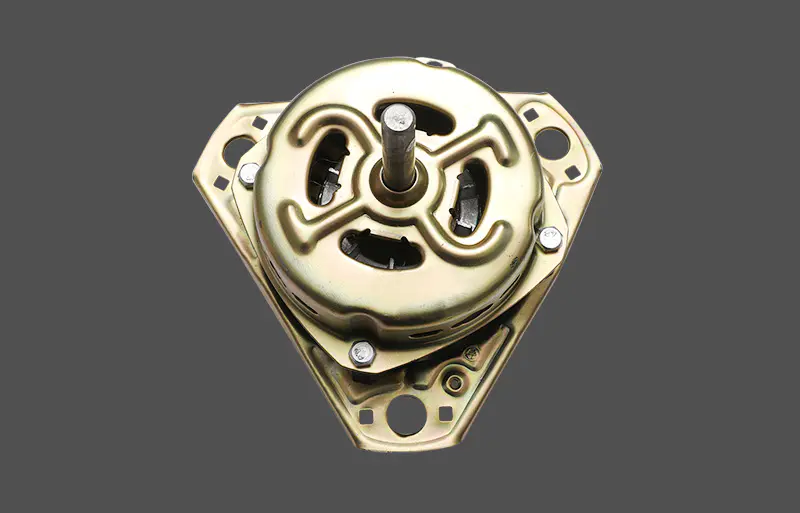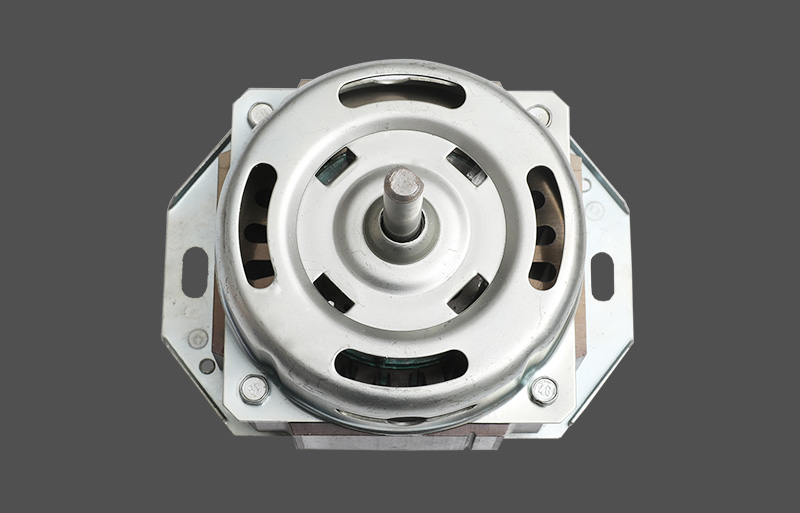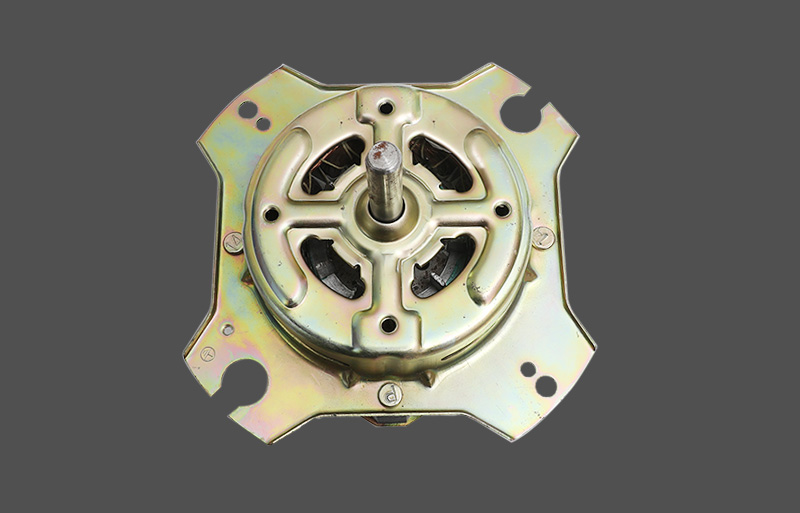Inspection of the main and auxiliary windings of single-phase motors: If there are three lead wires on this motor, you can use the Rx1 gear
(resistance gear) of the multimeter to judge. Assuming these three wires are A, B, C, you can connect the black test lead to A. The red test lead
measures AB and AC respectively, and write down their resistance values; then connect the black test lead to B, the red test lead to C (ie BC),
write down the resistance value, then connect the black test lead to C, and the red test lead to A (AC) , Write down the resistance value. In this
way, it can be judged that the "one time" with the largest resistance value is the result of the series connection of the main and auxiliary
windings of the motor. The larger the resistance value, the more it should be the starting winding. The group with the lower resistance value is
the running winding and the starting winding. There is a point connection with the running winding inside the motor, so there are only three
wires. As for the wiring method, you can measure the other two wires when one black wire is connected to the red test lead, The resistance is
larger on one side and smaller on the other. The line of the black test lead is connected to the zero line. When the resistance is large, the line
connected to the red test lead is the start winding. You can connect a suitable line on this line. The starting capacitor, the other end of the washing machine motor to generator
capacitor, and the line (running winding) with a small resistance are reflected during the measurement, and then connected to the phase line (hot
line) of the power supply.
A motor fan is a motor with a fan hub and blades. There are uniformly distributed grooves along the outer circumference of the fan hub. The blades
are inserted in the grooves, and the blades and the fan hub are integrated by permanent connection methods such as welding and bonding. The
overall balance of the motor fan is good, which can save the man-hours required to adjust the balance, and the weight is reduced by more than 30%
than the bolt-connected fan. The vibration and noise of the motor using the utility model are reduced.
Although the motor fan has high reliability, it is still a mechanical device. When it is used for a long time, its speed may drop or even stop, so
it is best to monitor the running status of the fan in real time to facilitate timely detection of problems. The alarm sensor can be used to give
an alarm signal when the fan speed is lower than a certain threshold value, and the speed signal output can realize the real-time monitoring of
the fan speed. The alarm signal output from the fan circuit has two states: "high level" and "low level". The meaning of the two levels generally
follows the positive logic system. The high level indicates "fault" and "low level". Means "normal". The speed signal output from the fan circuit
is usually in the form of pulses. Each wave head indicates that the fan has made one revolution. Such signals can be directly provided to the host
through the data bus for display. The speed signal output by some fans is not the actual speed of the fan, but a multiple of the speed. For
example, two, four, or six pulses are generated per revolution, which must be processed to form a true speed signal that reflects the fan. To
determine whether the fan speed is real or a certain multiple, you can use the tachometer to measure the actual speed and then compare it with the
displayed data. The speed measurement signal of the fan is generally output from a three-lead plug. The yellow and black of the three leads are +
12V power and ground respectively, and the other color line is the speed signal output line. It should be noted that the third lead of some
three-lead fans is not a speed measurement signal output line, but a speed control signal line through which a speed control signal is input to
the fan motor.











